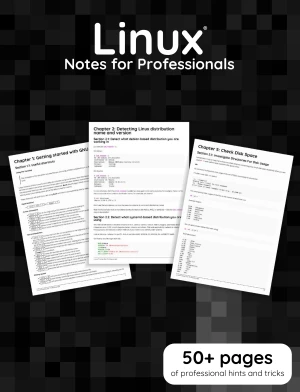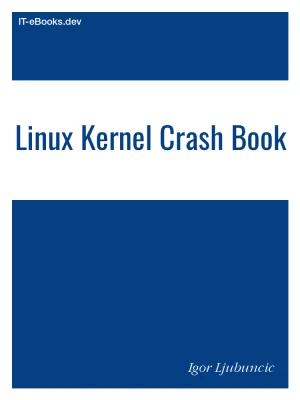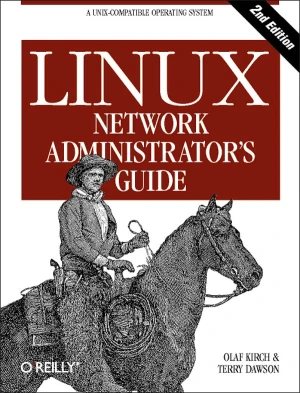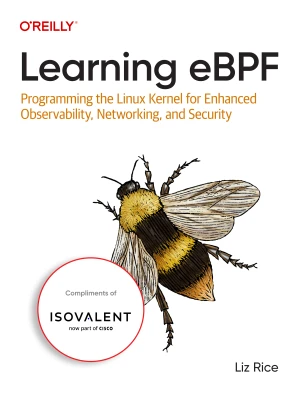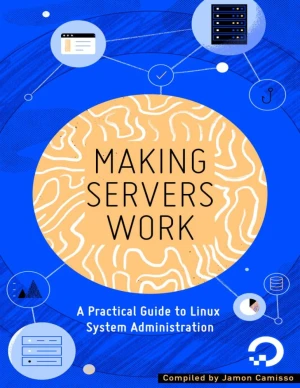The Linux Kernel Module Programming Guide

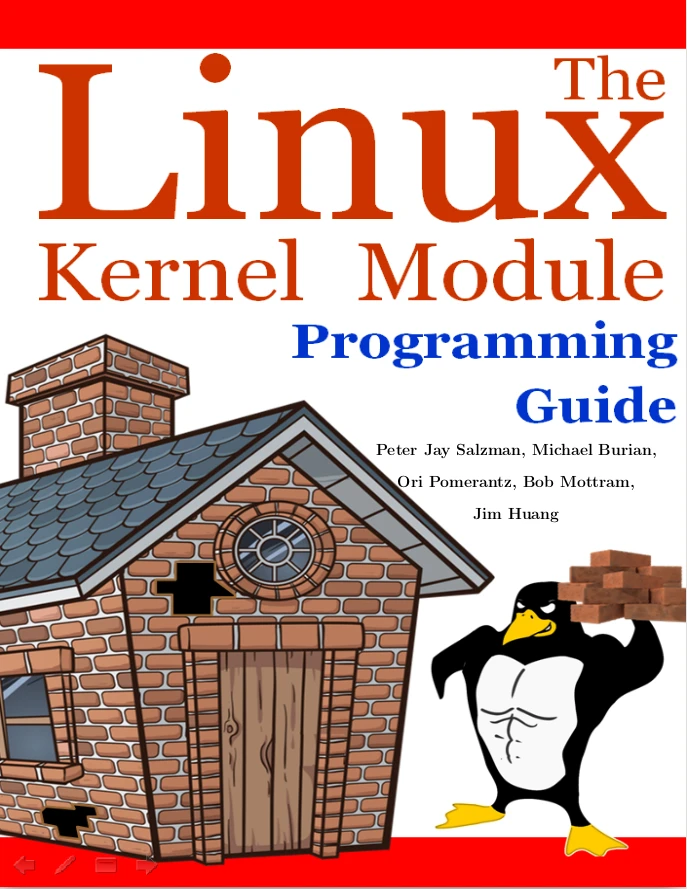
Book Details
| Authors | Peter Jay Salzman, Michael Burian, Ori Pomerantz, Bob Mottram, Jim Huang |
| Published | 2025 |
| Edition | 1st |
| Paperback | 139 pages |
| Language | English |
| License | Open Software License |
Book Description
The Linux Kernel Module Programming Guide is a comprehensive and practical resource for developers looking to dive into Linux kernel module development. Written by experienced contributors, this guide covers essential concepts, from writing simple "Hello World" modules to advanced topics like character device drivers, system calls, and synchronization mechanisms.
- Step-by-step tutorials on module initialization, cleanup, and parameter passing.
- Hands-on examples demonstrating file operations, /proc and sysfs interactions, and interrupt handling.
- Best practices for debugging, licensing, and writing portable code across kernel versions.
- Insights into kernel-space programming, memory management, and device driver development.
Whether you're a beginner or an experienced programmer, this book provides the foundational knowledge and practical skills needed to extend the Linux kernel efficiently and safely.
This book is available under the Open Software License (OSL), which means it is freely available to read, download, distribution and modification.
If you enjoyed the book and would like to support the author, you can purchase a printed copy (hardcover or paperback) from official retailers.
Download and Read Links
Share this Book
[localhost]# find . -name "*Similar_Books*"
Linux Notes for Professionals
The Linux Notes for Professionals book is compiled from Stack Overflow Documentation, the content is written by the beautiful people at Stack Overflow.
Linux Kernel Crash Book
In the book's introduction, the author describes a three-year personal and professional odyssey that led them deep into the secrets of the Linux kernel, all the way down to the assembly code where the real magic happens. Driven by a desire to understand what truly happens at the heart of the system, they quickly encountered a significant barrier: t
The Linux Command Line, 5th Edition
The Linux Command Line takes you from your very first terminal keystrokes to writing full programs in Bash, the most popular Linux shell (or command line). Along the way you'll learn the timeless skills handed down by generations of experienced, mouse-shunning gurus: file navigation, environment configuration, command chaining, pattern matching wit
Linux Network Administrator's Guide, 2nd Edition
Linux, a Unix-compatible operating system that runs on personal computers and larger servers, is valued above all for its networking strengths. The Linux Network Administrator's Guide spells out all the information needed for joining a network, whether it's a simple UUCP connection or a full LAN with a Linux system serving as a firewall, an NFS or
Learning eBPF
What is eBPF? With this revolutionary technology, you can write custom code that dynamically changes the way the kernel behaves. It's an extraordinary platform for building a whole new generation of security, observability, and networking tools. This practical book is ideal for developers, system administrators, operators, and students who are curi
Making Servers Work
This book highlights practical sysadmin skills, common architectures that you'll encounter, and best practices that apply to automating and running systems at any scale, from one laptop or server to 1,000 or more. It is intended to help orient you within the discipline, and hopefully encourages you to learn more about system administration.

